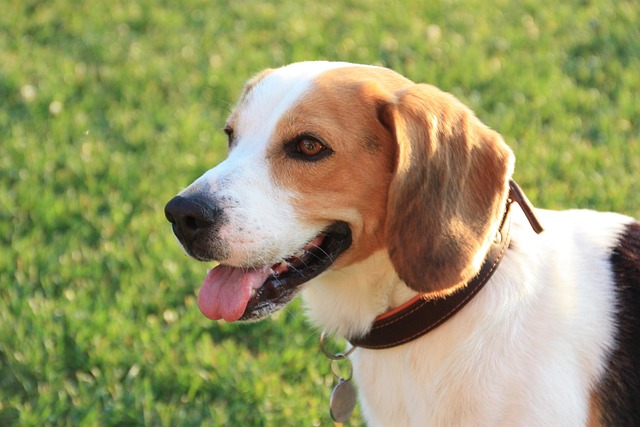
How can I tell if my dog's heatstroke is serious
Let’s be real: It’s a sticky August morning in Los Angeles, and you took your 2-year-old Golden Retriever, Max, for a walk a little later than usual
Picture your Beagle shaking her head violently after a playdate at Denver’s dog park, scratching her ears until they bleed. Those frantic symptoms often point to ear mites—tiny parasites invading ear canals. But why your dog? Understanding this isn’t just about comfort; it’s key to prevention in our connected canine world.
Scientifically, ear mites (Otodectes cynotis) spread through direct contact or shared environments. Think of them as microscopic hitchhikers: one infected dog at a Seattle daycare can transfer mites to others via bedding, toys, or even your sleeve. Puppies are especially vulnerable due to immature immunity. Mites feed on ear wax and skin oils, causing intense itching, dark coffee-ground-like debris, and head shaking. Breeds with floppy ears (like Cocker Spaniels) create warm, humid havens for mites to thrive. Start treatment immediately: vet-prescribed topical drops (e.g., Revolution) applied to the neck kill mites systemically. Clean ears weekly with vet-approved solutions—never use cotton swabs that push debris deeper. Freeze plush toys for 24 hours to kill lingering mites.

Now, the legal and ethical layer. While ear mites aren’t reportable like rabies (which is federally mandated), neglecting treatment breaches animal welfare standards. During walks in spaces like NYC’s Tompkins Square, poop cleanup remains legally binding—uncollected waste attracts mites’ wildlife hosts (foxes, raccoons). A Minneapolis owner faced a $175 fine last July; let that motivate your scoop routine!
Culturally, positive reinforcement governs treatment. Never punish a dog resisting ear cleaning—restraint-induced stress worsens inflammation. Instead, desensitize gradually: reward calmness near the ear cleaner with chicken bits before touching ears. This aligns with AVMA guidelines rejecting forceful methods. For apartment dwellers, isolate infected dogs during treatment (yes, mites jump to cats too!). Use white noise machines to mask head-shaking sounds that disturb neighbors—no one in Chicago high-rises wants 3 a.m. "ear flapping concerts."

Let’s be real: It’s a sticky August morning in Los Angeles, and you took your 2-year-old Golden Retriever, Max, for a walk a little later than usual

You're enjoying a summer afternoon at the park when you notice your dog has stopped panting and appears disoriented - their gums are bright red

Let’s paint the picture: You’re in your Denver apartment, watching your 4-year-old Boston Terrier, Ruby, plop down mid-play session with her favorite toy

Many dog owners notice their pets nails seem shorter after regular walks,but how much does this daily activity actually help?The answer depends on where you walk—concrete sidewalks or asphalt streets gently file nails as a dog's paws hit the ground

Most dog owners notice their pup scooting across the carpet at some point, but few connect it to impacted anal glands. These small sacs near a dog’s rectum secrete a scent for marking territory

Most vets agree that regular dog teeth cleaning is key to avoiding painful dental issues later. For healthy adult dogs, a professional cleaning at the vet’s office every 12 to 18 months usually works well.